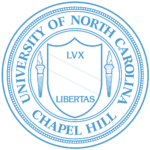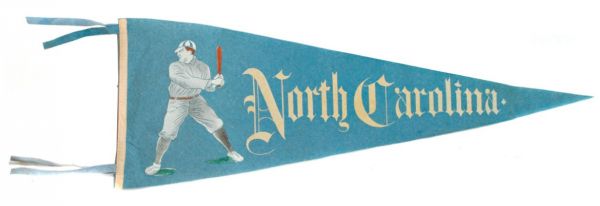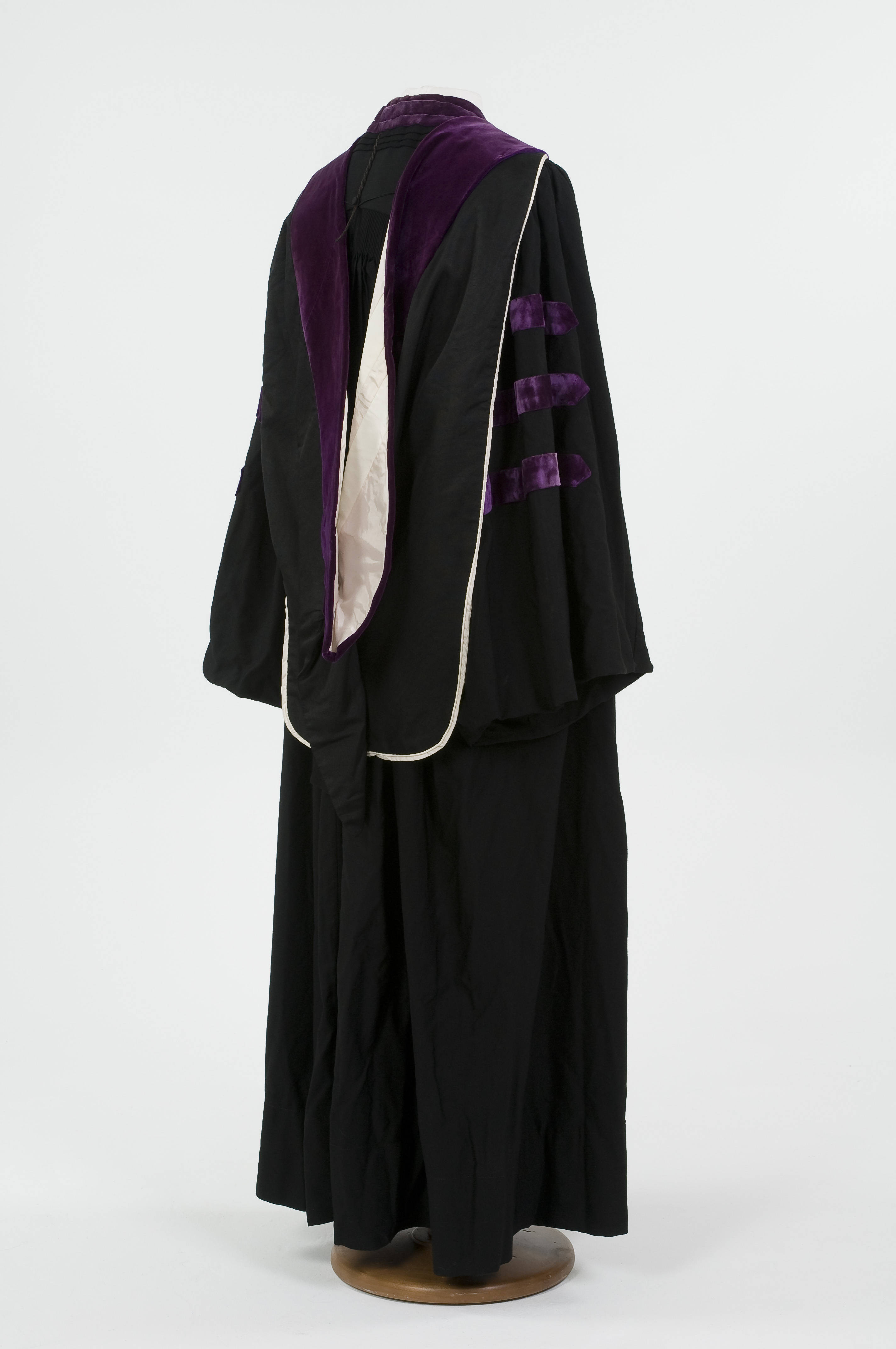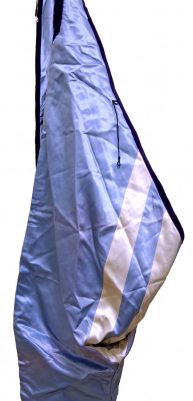University of North Carolina at Chapel Hill
North Carolina
1789





In the 18th and 19th centuries all University of North Carolina students were required to be members of either the Dialectic or the Philanthropic Literary Societies. Each Society chose a representative color in 1795, so at official university functions members of the Dialectic Society would wear light blue ribbons or rosettes and members of the Philanthropic Society would wear white ribbons or rosettes. By the time the University of North Carolina began competing in intercollegiate athletics in 1888, light blue and white were the de facto colors that represented the entire student body.
Citations in the World Almanac (listed by cover date; color information is from the previous year): white/blue (1895-1914); white/light blue (1915-1918); white/blue (1923-1931); white/light blue (1934-1935)
The Intercollegiate Bureau of Academic Costume (IBAC) was affiliated with the academic costume firm Cotrell & Leonard, and one of the partners in this firm, Gardner Cotrell Leonard, was also the Director of the IBAC. So one way to estimate the date a school was assigned a hood lining pattern by the Bureau is to note when that school was first advertised as being a client of Cotrell & Leonard.
The University of North Carolina first appeared in a Cotrell & Leonard advertisement in the 1897 “Ole Miss” of The University of Mississippi yearbook, indicating an IBAC registration date for North Carolina’s hood in 1896 or 1897. The advertisement did not describe the actual color pattern used in the university’s hood; this was first cited in an IBAC list in 1918. In that list, North Carolina’s hood was described as light blue with two white chevrons, a lining pattern that was repeated in all subsequent IBAC lists without change.
The Intercollegiate Bureau used two chevrons in North Carolina’s hood to avoid duplicating Columbia University’s hood (light blue with a white chevron) that had been previously assigned in 1895.
The single chevron was by far the most common heraldic division the Intercollegiate Bureau employed to divide the two or three colors in an institution’s hood, but beginning in 1895 the “double chevron” was also used quite frequently. The typical width of a normal chevron was between three and four inches, but the double chevron pattern used two chevrons of about 1½ inches in width placed approximately two inches apart so that the color of the hood lining showed between them.


